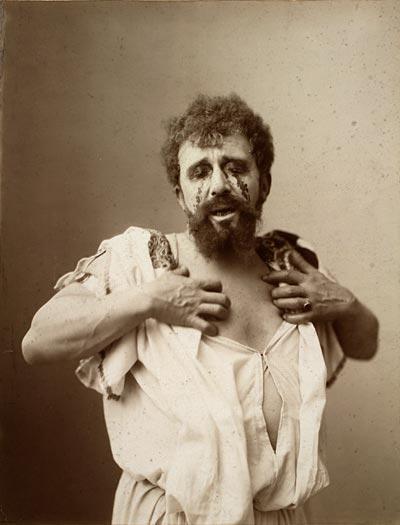PSYCHOANALYSIS
4.2
Psychoanalysis
Id, Ego, Superego
Psychoanalysis presented a radically different way of understanding and treating the mind. What were its most important concepts and methods?
Freud started his work as a therapist in Vienna in the 1890s. When Freud received an invitation from the prominent American psychologist, G. Stanley Hall, to visit the US almost 20 years later, he must have received it as a sign of recognition for his life’s work. Freud eventually accepted Hall’s invitation and gave a series of lectures on psychoanalysis at Clark University in 1909 and would later recall of the visit:
“In Europe I felt as though I were despised; but over there I found myself received by the foremost men as an equal. As I stepped onto the platform at Worcester to deliver my Five Lectures upon Psychoanalysis it seemed like the realization of some incredible day-dream: psychoanalysis was no longer a product of delusion, it had become a valuable part of reality.”
The meeting involved the most prominent representatives of the new discipline at the time and the event represented psychoanalysis’ incursion into a new (English-speaking) world. How did Freud introduce his views and theory? Hall asked Freud to provide written versions of the lectures, had them translated into English and published, thus providing us with a glimpse of the event.
Take some time to read Freud’s 5 lectures introducing psychoanalysis to his new audience http://psychclassics.yorku.ca/Freud/Origin/index.htm (core reading).
Questions on the text
- Identify main concepts and how these may differ from the core themes and ideas in psychology at the time
- Identify the most important methods introduced by Freud to understand and treat mental processes
Write down your ideas in the form of keywords or short sentences.

As he argued at one of his lectures at Clark University, Freud thought that the dramatic power of tragedies like “Oedipus Rex” or “Hamlet” stem from the audience’s recognition of its own repressed desires, such as those directing a child’s sexual impulses towards a parent.
(Public domain; actor Albert Greiner sr. & jr., ca. 1896)
References
Freud, S. (1910). The origin and development of psychoanalysis. American Journal of Psychology, 21, 181-218. http://psychclassics.yorku.ca/Freud/Origin/index.htm
Please note that certain links to journal articles are only available within the eduroam network if they concern publications for which the university has a campus license. If you are a member of the University of Basel and want to access university resources from home, you will need to install a VPN client.
Lizenz
University of Basel
